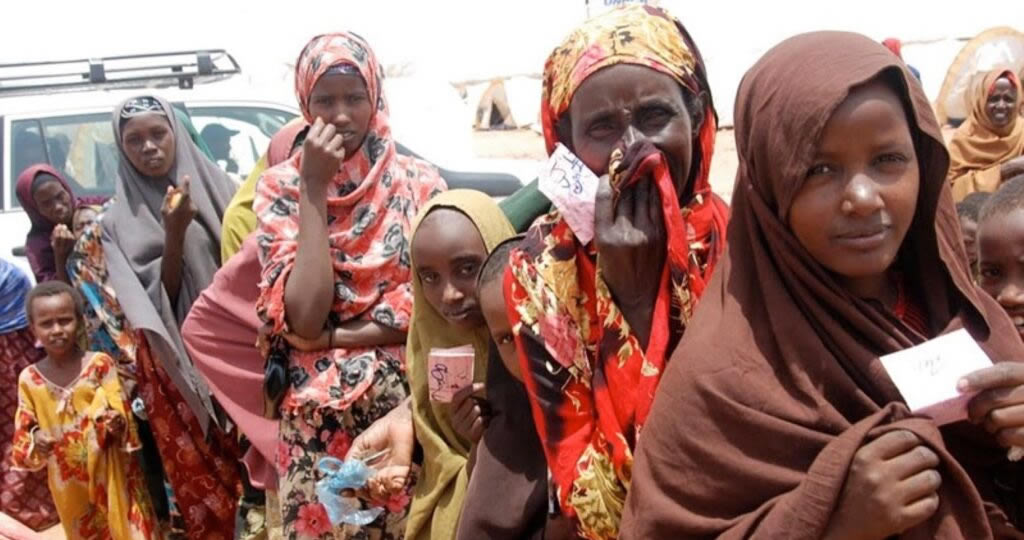
1.0 Introduction
The future of migration and displacement in East Africa is shaped by the interplay of state fragility, climate vulnerability, insecurity, and porous borders. In this complex context, current integration models fall short. The region’s historical and contemporary migratory dynamics—whether due to conflict, climate shocks, or economic precarity—have made human mobility both a survival strategy and a source of regional contestation. This commentary offers a futures-oriented analysis of the migration-displacement-integration nexus in East Africa’s fragile states, drawing on regional cases and foresight approaches to inform policy innovation. The goal is not only to anticipate trends but also to encourage a shift toward more adaptive, ethical, and contextually grounded regional integration frameworks.
East Africa hosts multiple fragile states—South Sudan, Somalia, Sudan, eastern DRC, and increasingly Ethiopia and northern Mozambique—that both produce and receive large numbers of migrants and forcibly displaced people. According to the United Nations High Commissioner for Refugees (UNHCR, 2022), the Intergovernmental Authority on Development (IGAD) region hosted over 4.7 million refugees and asylum seekers and over 8.9 million internally displaced persons (IDPs) as of 2022. Migration and displacement are not new to the region, but contemporary patterns are shaped by intensifying stressors, including state collapse, protracted conflict, climate-induced livelihood loss, and cross-border criminality.
In fragile states, the governance of migration and displacement is particularly weak. These contexts often lack coherent legal and institutional frameworks, are dependent on international humanitarian actors, and are prone to political manipulation of displacement crises. This contributes to the structural marginalization of displaced people and the erosion of their social, political, and economic rights. At the same time, displacement has become increasingly protracted. Refugees and IDPs often spend years or even decades in displacement, with limited access to durable solutions. In such conditions, the conventional categories of “refugee”, “migrant”, and “returnee” are blurred. This raises complex questions around mobility rights, legal identity, citizenship, and integration in contexts of incomplete statehood that this commentary seeks to address.
2.0 Key Issues
2.1 The Fragility–Mobility Feedback Loop
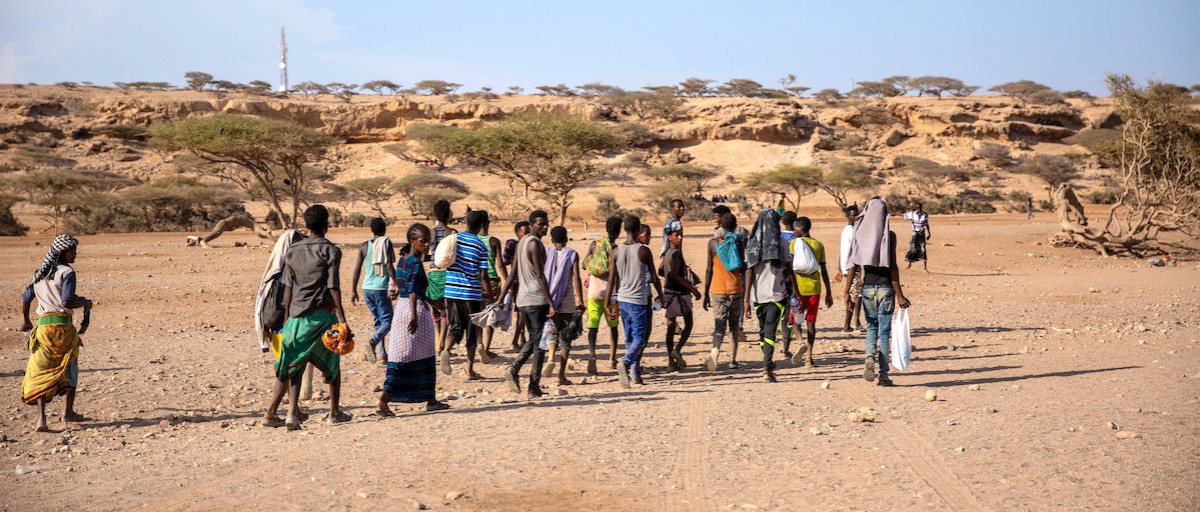
State fragility and forced migration in East Africa reinforce one another. Conflict and governance collapse produce displacement, while large-scale displacement in turn strains weak host state institutions and contributes to social unrest. For example, the prolonged displacement crisis in South Sudan has not only spilled into Uganda and Kenya but has also entrenched militarization and disrupted local economies (UNHCR, 2022). The inability of fragile states to manage displacement undermines trust in institutions, exacerbates internal displacement, and creates new vulnerabilities. This fragility–mobility feedback loop poses a long-term challenge to peacebuilding and regional stability.
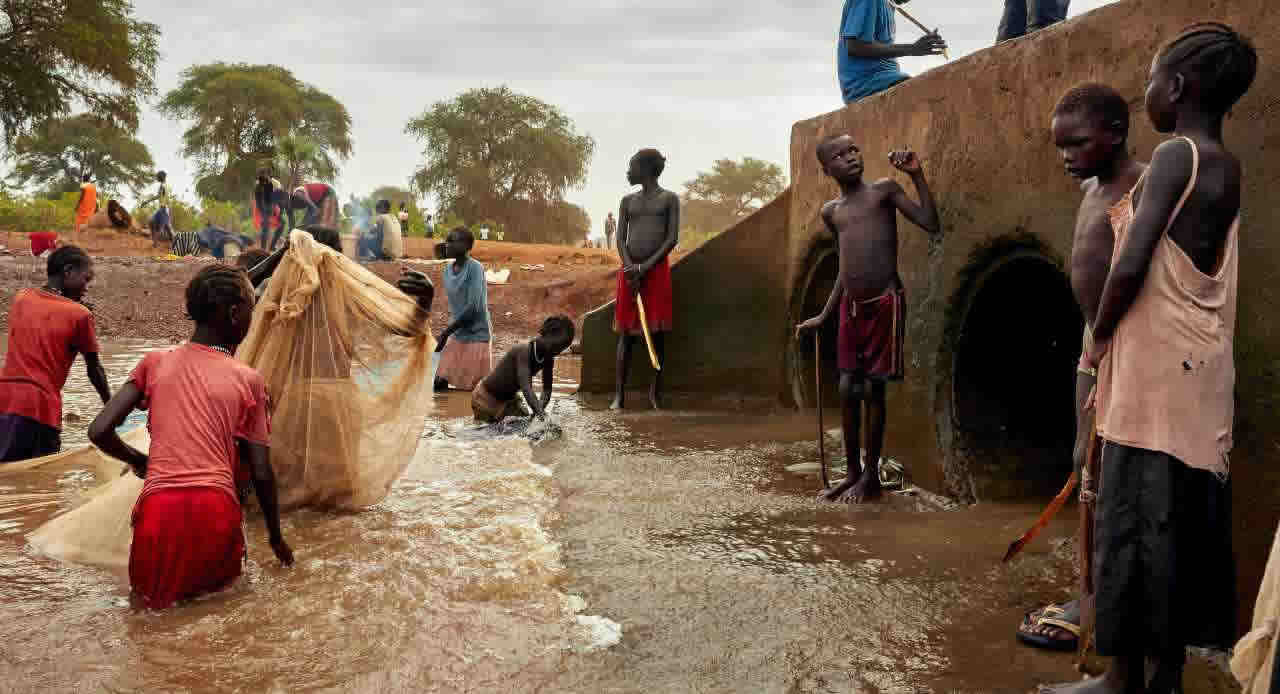
2.2 Climate-Induced Displacement and Mobility Justice
Climate change is an increasingly important driver of displacement in fragile contexts. In Somalia, recurring droughts and floods have displaced millions, creating overlapping humanitarian and governance crises (IDMC, 2022). Climate-induced displacement disproportionately affects marginalized groups, including pastoralists, women, and ethnic minorities, whose mobility strategies are often criminalized or unsupported. Yet policy responses often treat climate migrants as passive victims, neglecting their agency and aspirations. There is a need to rethink mobility justice frameworks that recognize climate migrants not just as people at risk, but as political actors navigating complex adaptation landscapes (Boas et al., 2019).
2.3 Protracted Displacement and the Integration Vacuum
Many displacement situations in East Africa are now protracted. The average duration of displacement in the region exceeds 10 years (World Bank, 2021). Yet integration frameworks remain ad hoc, donor-dependent, and politically contested. In places like Kakuma and Dadaab in Kenya, refugees are confined to camps with limited access to livelihoods or mobility. Durable solutions—voluntary repatriation, local integration, or resettlement—remain elusive. The lack of long-term integration planning leads to the normalization of encampment and the securitization of refugees, further excluding them from host societies (Lind et al., 2020)
2.4. Borderlands and Regional Governance Gaps
Migration in fragile East African states is shaped by porous, contested, and militarized borderlands. These regions—such as the Karamoja Cluster, Jubaland, and eastern DRC—are historically marginalized and poorly governed, yet serve as key corridors of mobility, trade, and conflict (Mkutu, 2019). Borderland communities often have transnational kinship ties that challenge the fixed boundaries of national identity and state authority. However, regional governance frameworks remain state-centric, treating borderland mobility as a security threat rather than a livelihood strategy. There is a policy blind spot around transboundary governance, customary mobility rights, and the role of non-state actors.
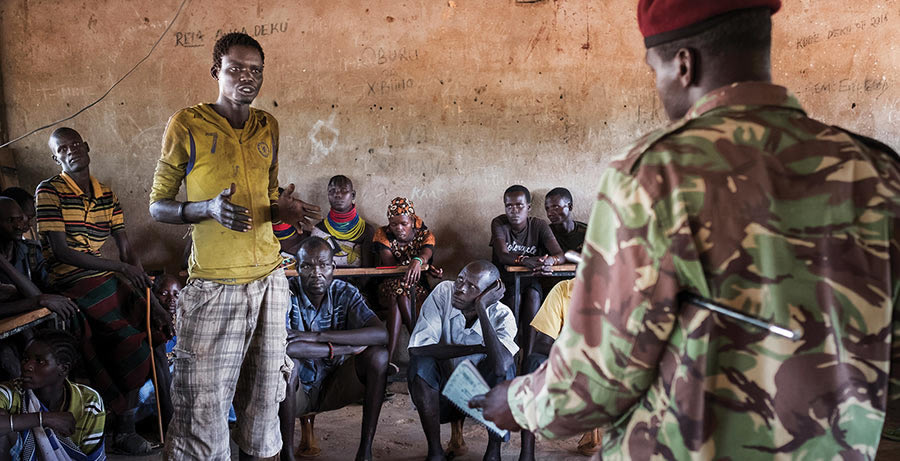
2.5 The Limits of State-Centric Integration Models
Current integration strategies in East Africa are primarily based on state-centric, top-down models that assume the presence of functional institutions. This is problematic in fragile contexts, where state institutions may be absent, contested, or predatory. For example, local integration in South Sudan is difficult when the state itself lacks control over territory or population registers. Similarly, citizenship frameworks in countries like Ethiopia and Sudan are deeply politicized and exclusionary. In such contexts, informal, community-led, or hybrid models of integration may be more viable. However, these are rarely recognized in official policy or donor programming (Betts et al., 2017).
3.0 Policy Recommendations
3.1 Embed Migration in Fragility and Peacebuilding Frameworks
Migration and displacement are not just humanitarian issues but fundamental components of state fragility, conflict, and peace. Integration strategies should be mainstreamed into peacebuilding, security sector reform, and post-conflict reconstruction frameworks. For example, the reintegration of IDPs and refugees in Somalia should be linked to broader state-building and local governance support, not treated as a separate humanitarian sector (UNDP, 2023).
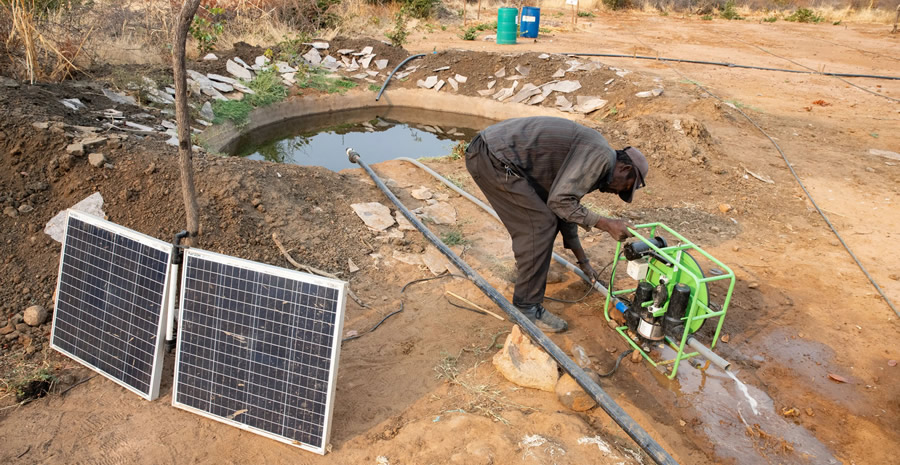
3.2 Invest in Climate-Mobility Foresight and Planning
Governments and regional bodies like IGAD should integrate climate displacement into National Adaptation Plans (NAPs) and disaster risk reduction frameworks. This includes developing early warning systems, planned relocation protocols, and mobility corridors. Scenario-based foresight can help anticipate displacement hotspots and support adaptive policy responses (Boas et al., 2019).
3.3 Support Hybrid and Informal Integration Pathways
In fragile contexts, where state capacity is low, local and informal actors often lead integration efforts. Policy should support—not undermine—these community-based mechanisms, including traditional authorities, religious networks, and cross-border kinship groups. For example, Turkana host communities in Kenya have developed informal land-sharing arrangements with South Sudanese refugees, which should be recognized and supported (Pavanello et al., 2010).
3.4 Reframe Borderlands as Zones of Mobility, Not Margins
Regional integration initiatives, such as the East African Community (EAC) and IGAD free movement protocols, should incorporate borderland-specific development and mobility programming. Investment in cross-border infrastructure, conflict resolution platforms, and transboundary resource management can transform borderlands from zones of insecurity to engines of regional integration (IGAD, 2022).
3.5 Protect Rights and Agency of Displaced Persons
Refugees, IDPs, and climate migrants should be treated not just as beneficiaries but as rights-holders and political actors. Legal frameworks should expand access to work, movement, education, and documentation. For instance, Uganda’s progressive refugee policy offers a model of self-reliance and inclusion that can be adapted to other fragile contexts (World Bank, 2021).
3.6 Promote Data Sovereignty and Local Knowledge Systems
Displacement-related data systems should be co-owned with local communities and reflect their categories, knowledge, and consent. Data colonialism, where local populations are counted and categorized without their involvement, undermines trust. Investment in local research institutions, civil society, and participatory mapping can produce more ethical and effective knowledge (Taylor, 2021).

4.0 Conclusion
Migration futures in fragile East African contexts are neither linear nor apolitical. They are deeply embedded in overlapping layers of climate vulnerability, conflict, governance deficits, and regional geopolitics. As the boundaries between voluntary and forced mobility blur, and as fragility intersects with mobility in complex ways, linear solutions based on containment or humanitarianism alone are inadequate. Futures thinking—rooted in historical context, systems complexity, and plural agency—is urgently needed to reimagine migration governance beyond crisis management. This requires bridging the artificial silos of humanitarian response, climate adaptation, peacebuilding, and development with politically attuned, anticipatory, and justice-driven approaches. Integration, in this sense, is not merely about absorbing migrants or displaced populations, but about reweaving fragmented states and social contracts across space, time, and mobility.
5.0 References
Adepoju, A. (2008). Migration and social policy in sub-Saharan Africa. UNRISD Social Policy and Development Programme Paper, 39. https://www.files.ethz.ch/isn/96980/39.pdf
Bakewell, O. (2008). ‘Keeping Them in Their Place’: The ambivalent relationship between development and migration in Africa. Third World Quarterly, 29(7), 1341–1358. https://doi.org/10.1080/01436590802386492
Boas, I., Farbotko, C., Adams, H., Sterly, H., Bush, S., van der Geest, K., … & Baldwin, A. (2019). Climate migration myths. Nature Climate Change, 9(12), 901–903. https://doi.org/10.1038/s41558-019-0633-3
Foresight Africa. (2023). Fragility and Resilience in Africa: The urgency of anticipation. Brookings Institution. https://www.brookings.edu/articles/fragility-and-resilience-in-africa-the-urgency-of-anticipation/
IGAD. (2022). IGAD and Regional Partners Launch Cross-Border Project. Intergovernmental Authority on Development. https://igad.int/igad-and-regional-partners-launch-cross-border-project/
Kihato, C. W. (2017). The city’s politics: Refugees in Nairobi. In M. Jayne & K. Ward (Eds.), Urban theory beyond the West: A world of cities (pp. 113–127). Routledge.
Lynch, C. (2023). The U.N.’s Somalia dilemma. Foreign Policy. https://foreignpolicy.com/2023/01/17/un-somalia-security-africa-mission/
Pavanello, S., Elhawary, S., & Pantuliano, S. (2010). Hidden and exposed: Urban refugees in Nairobi, Kenya. Humanitarian Policy Group Working Paper. Overseas Development Institute. https://cdn.odi.org/media/documents/6028.pdf
Schöfberger, I. (2020). Migration in African regional integration: Policies and practices in ECOWAS and IGAD. German Development Institute Discussion Paper, 17/2020. https://www.idos-research.de/uploads/media/DP_17.2020.pdf
Taylor, L. (2021). Data justice and the politics of digital humanitarianism. In L. Taylor, G. Sharma, & T. P. Uteng (Eds.), Data justice and the right to the city (pp. 90–108). Routledge. https://www.taylorfrancis.com/chapters/edit/10.4324/9780429327365-7/data-justice-digital-humanitarianism-linnet-taylor
UNDP. (2023). Somalia Human Development Report 2023. United Nations Development Programme. https://www.undp.org/somalia/publications/somalia-human-development-report
UNHCR. (2022). Climate change and displacement. United Nations High Commissioner for Refugees. https://www.unhcr.org/climate-change-and-displacement
World Bank. (2021). Uganda: An analysis of the Self-Reliance Model for refugees and host communities. https://documents1.worldbank.org/curated/en/099915210282111432/pdf/P1706020c9bc4c05109a1d0a261f798e203.pdf
